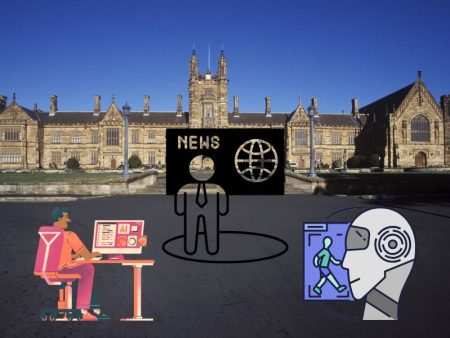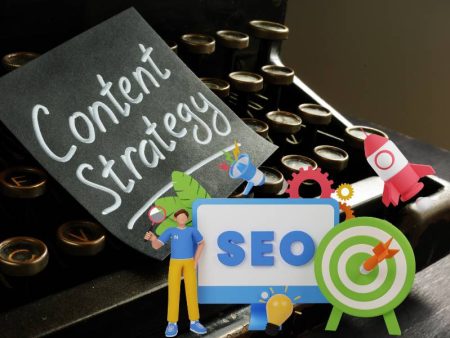Picture this: You’ve just launched a campaign in Spain, Brazil, Japan, and your hometown U.S. city. You’re excited—until you realize: real localized messaging is hard. Like, really hard. You can’t just run the same ad in four languages and hope people connect. Tone shifts. Cultural cues matter. What works in Tokyo might flop in Sao Paulo.
Sound familiar?
I’ve been there too—frantically trying to juggle translation, context, idioms, and deadlines. And let me tell you: besides hiring a dream-team of native speakers (ain’t nobody got that budget), AI tools are becoming the secret weapon in real multilingual marketing.
But hold on, before you’re like, “Here we go, robot takeover”—this isn’t about cold, generic translations. This is about flair. Emotional nuance. Local resonance. Let AI help, but let humans guide.
Let’s dig in.
Why Multilingual Marketing Isn’t Just Plug-and-Play
I remember working on a French ad for wellness teas. In English? “Find your calm.” In French? “Trouvez votre calme.” Sounds fine, right? But it felt flat. It lacked the warm, inviting tone a French audience expects—like, they didn’t need the coffee stand-off; they needed reassurance, a vibe: “Reconnectez-vous à la sérénité.” Now that’s different.
And this isn’t exclusive to French. Spanish campaigns, Arabic scripts, Mandarin CTAs—they all need that extra emotional layer, the local color, the cultural heartbeat.
If you’re focused on global reach, a simple translation won’t cut it. You’re speaking—but are they really listening?
Enter AI: Translation, But With Soul
Right away, people think: “AI equals boring copy.” Not anymore.
Modern tools—especially advanced AI text generators—are learning how to capture tone, colloquialisms, rhythm, and even slang across languages. You feed the context, and AI doesn’t just translate, it transcreates. But always with oversight.
I know the tool names can feel like a mouthful, but here’s a powerful example: with an AI Text Generator Without NSFW Filter you can experiment with edgy tone and creative ideas freely before localizing them carefully to avoid cultural missteps or accidental faux pas.
That’s where you come in. As the creative quarterback, you guide the tool, refine outputs, and inject local authenticity. It’s collaboration, not handover.
How the Process Actually Works (And Feels)
Okay, here’s the typical workflow I follow (with some personal flair and inevitable gaffes thrown in):
Step 1: Scratch-Brainstorm in Your Native Language
Write your core message. Lay out benefits, emotions, tone. Break it into bullet points—what you absolutely must communicate.
Step 2: Run the AI Magic
Call it an AI Content Generator, call it whatever, but let it convert your bullets into multilingual first drafts. Formal Spanish for Latin America? Casual Mandarin copy with personality? Done.
Step 3: Tune the Tone
Now’s when you bring in local experts—or your own cultural intuition. Does “tranquilo” feel too laid-back in Brazil? Should Mandarin use idioms that evoke longevity or beauty? Adjust, tweak, refine.
Step 4: Fact-Check & Review
Check URLs, compliance, local references. Use a Plagiarism Checker to make sure nothing inadvertently lifted lifts flags. Stay original, stay safe.
Step 5: A/B Test
Launch variants. Small tweaks—maybe a Spanish version with or without emojis, a Japanese script with light humor versus straight talk—and see what resonates.
If the Brazilian ad performs well, great! If the Japanese one doesn’t hit, you’re ready to optimize. 📈
Real-World Wins (And Tiny Mishaps)
Storytime:
I once helped a startup launch in Italy. They wanted their tagline to feel poetic. I used AI to craft 3-4 Italian versions. One read “Bevi bellezza ogni giorno” (“Drink beauty every day”). I loved it. It felt elegant.
But a quick review by a native speaker made me pause—“bel-ez-za” sounds overly contrived. We tweaked to “Scopri la bellezza in ogni sorso” (“Discover beauty in every sip”). More authentic. More Café-lunch vibe. Tone: spot on.
That’s the edge—AI saves time and sparks creativity, but you ensure authenticity.
Why You Still Need You
Let’s not pretend AI is perfect. Here’s the honest truth:
- Cultural Context — AI isn’t psychic. It might miss regional nuances or colloquial quirks.
- Sensitivity — Some phrases can unintentionally offend unless reviewed by humans.
- Brand Voice — You’re building a global brand—not just phrases. A consistent voice across languages demands human orchestration.
So yes, AI is fast. But your role? Strategic, emotional, intentional.
Scaling Without Losing Soul
Growth doesn’t have to mean losing quality.
With the help of AI tools—from ideation to localized polishing—you can scale multilingual campaigns without turning them into lifeless translations.
Your audience in Tokyo, Cairo, Berlin, and São Paulo can hear you. Not a boilerplate script.
Final Words (aka Human + AI = ❤️)
Here’s the wrap:
- Multilingual marketing demands cultural intelligence, not just translation.
- AI can generate multilingual-first drafts—with tone and personality.
- You refine. You localize. You humanize.
- Tools like AI Text Generator Without NSFW Filter and AI Content Generator help fill your creative tank.
- Use a Plagiarism Checker to maintain integrity.
- Ultimately? AI doesn’t replace you. It empowers you.
If you’re growing globally—whether a solopreneur or running an agency—this blend of speed and local relevance is the secret sauce. And yes, global audiences see when you get them. That effort always shines through.
TL;DR
| Step | Action |
| 1 | Brainstorm core message in your language |
| 2 | Generate multilingual drafts with AI |
| 3 | Refine tone with local insight |
| 4 | Validate, proof, and check originality |
| 5 | A/B test and optimize |
Curious to see this in action? Want help crafting truly localized campaigns with AI? Let’s connect—and create campaigns that actually click around the world.
Your tone, everywhere. ✈️🌍


